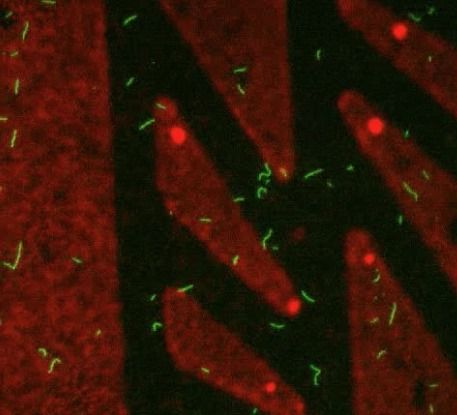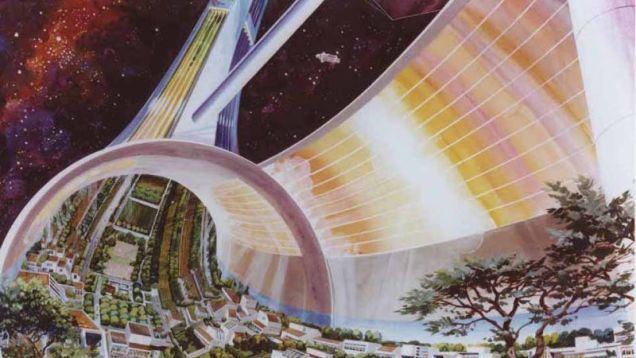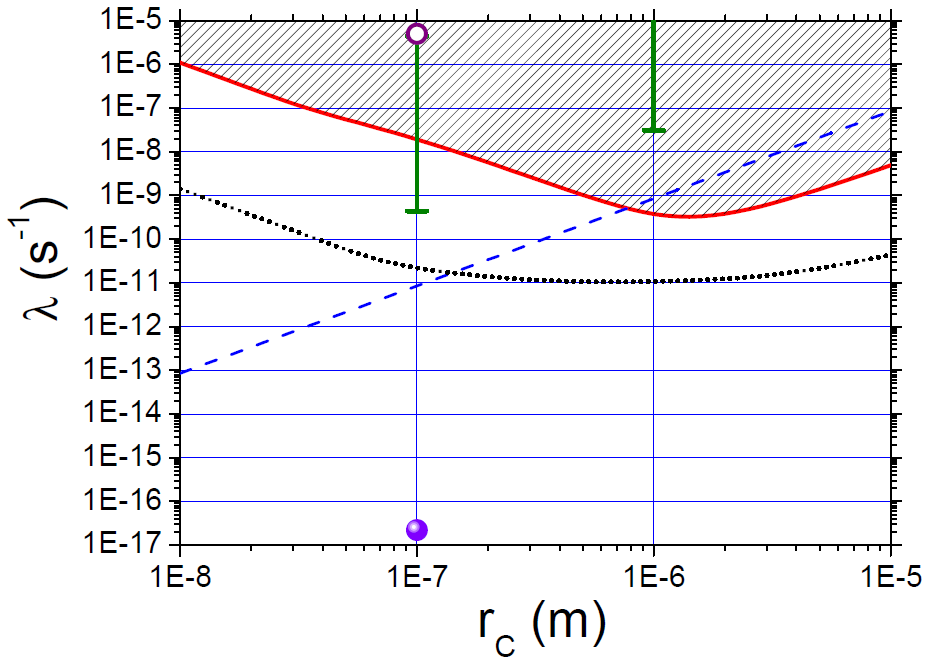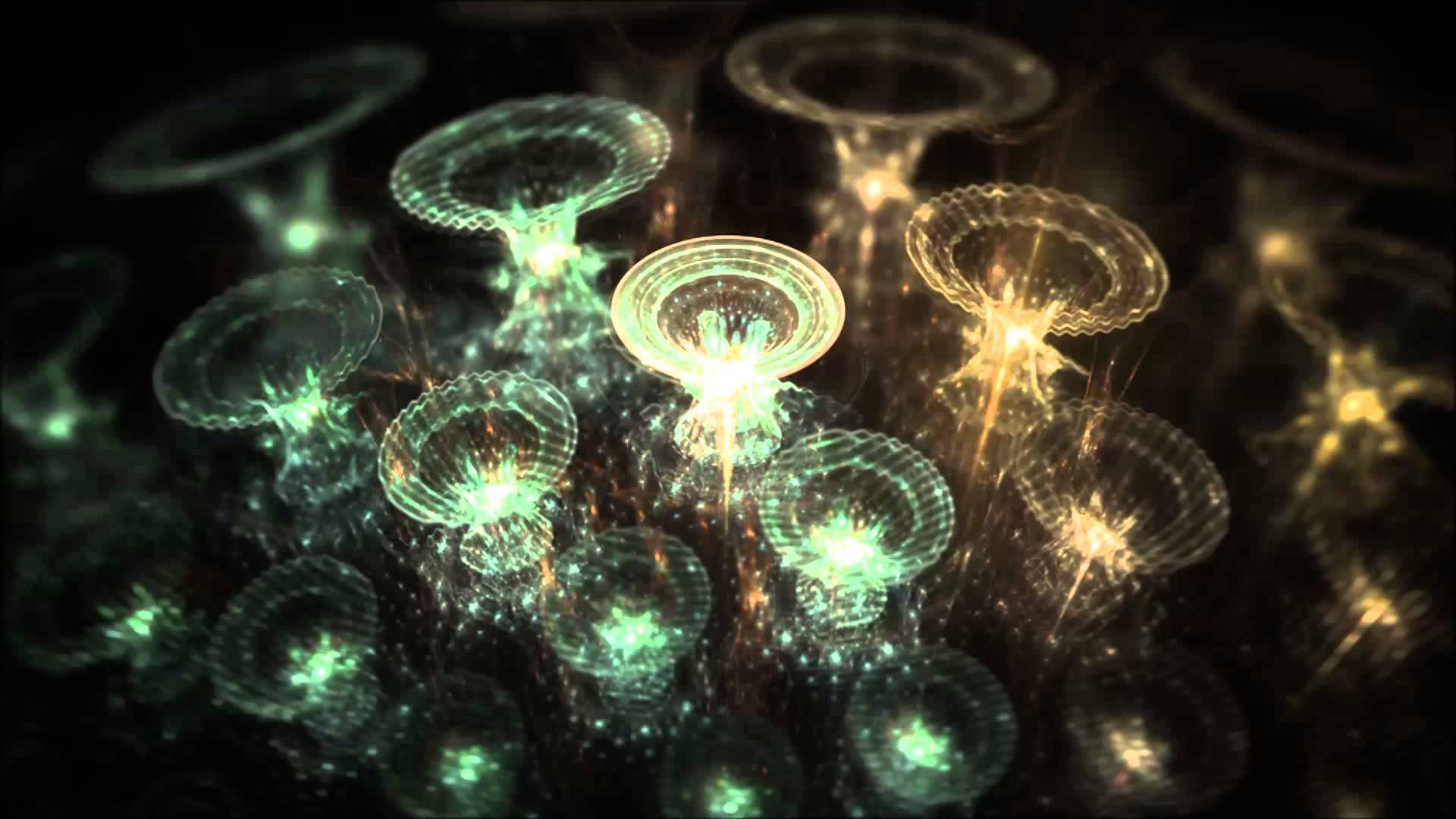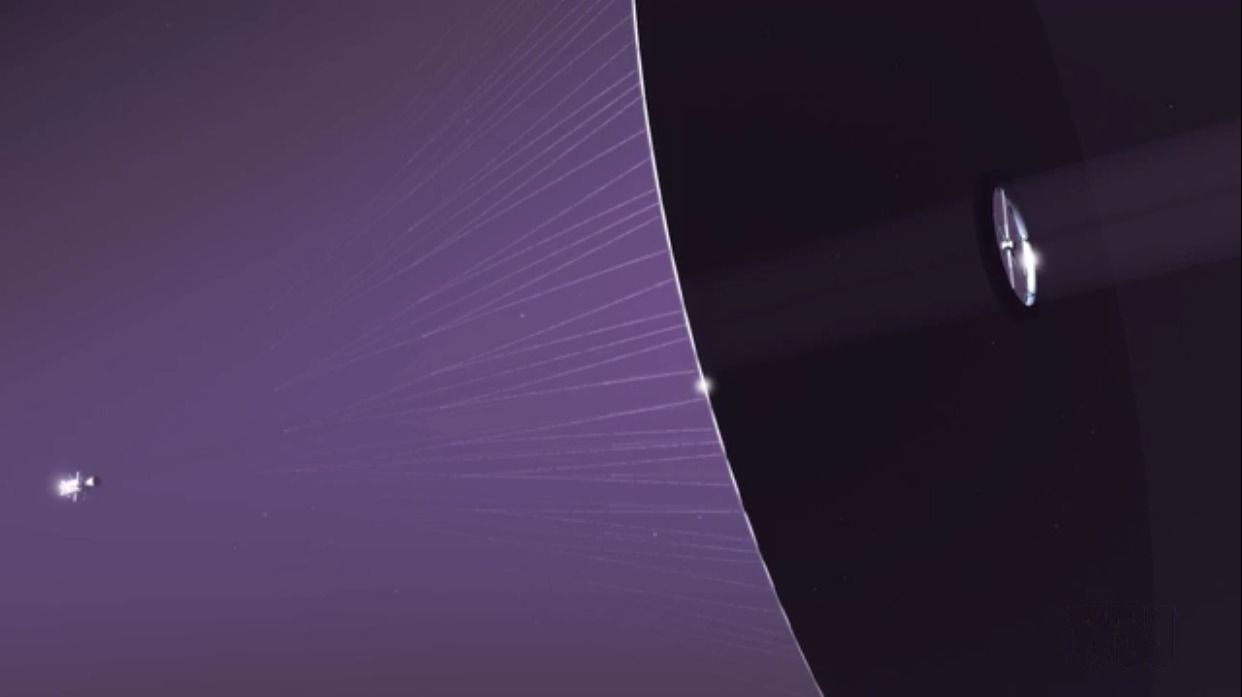Feb 25, 2016
NP-complete problem solved with biological motors
Posted by Karen Hurst in categories: quantum physics, Ray Kurzweil, singularity
I am glad to see this article publish because it expresses well how technology and biological properties can be intertwined and advance collectively together. It will take this type of an approach to provide the foundation that is needed to enable the future visions that Kurzweil and others have shared around Singularity.
2 decades ago, Lucent experimented with the cells from fish to see how they could enable digital transmission through their experiments. They had some small successes; however, it never fully matured. Today, however, with Quantum we will finally see the advancements in technology, medicine, and science that many have only dreamed about or read from books or saw in movies.
Biological systems can explore every possible solution rapidly.
Continue reading “NP-complete problem solved with biological motors” »
